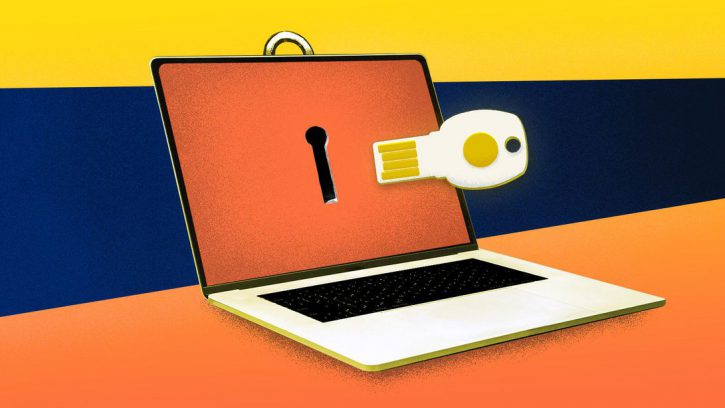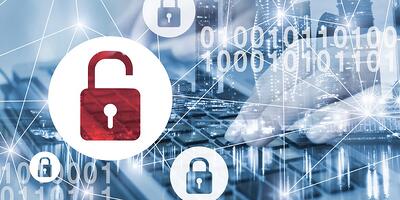The Fight for Fair Facial Recognition – by One World Identity | June 19, 2020
Just a few weeks ago, the murder of George Floyd sparked worldwide protests by and in alliance with the black community. Especially here in the US, this has immediately led to a parallel push for systemic change for domestic law enforcement. Simultaneously, this has revived media attention regarding the role of technology in perpetuating racial biases in policing—especially that of facial recognition technology.








